What Is Solana? What Makes It MakerDAO's Preferred NewChain?
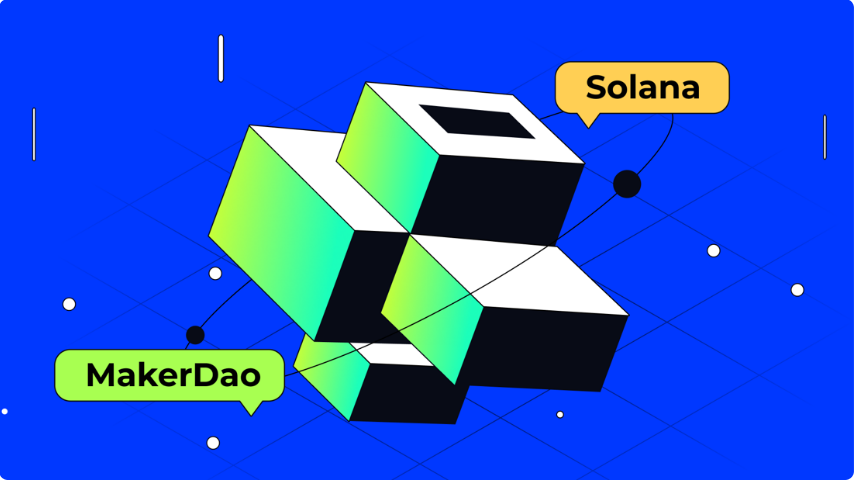

Solana, a Layer-1 public chain, experienced an exponential surge within a year – it soared from $0.31, the lowest in October 2020, to $259.69, the highest in November 2021. However, it faced wide criticism in 2022, following the collapse of FTX. In 2023, Solana showed signs of recovery in its on-chain data. On September 1, 2023, MakerDAO's founder, Rune, selected Solana for its NewChain after an extensive comparison. In this article, we will delve into what Solana is and its development journey. We'll also explore its underlying technologies and advantages, as well as the reason behind MakerDAO's choice.
What is Solana?
Solana was created in 2017 by Anatoly Yakovenko, a former executive at Qualcomm. It implements an innovative hybrid consensus model that combines a unique proof-of-history (PoH) algorithm with the lightning-fast synchronization engine. This approach aims to significantly scale up blockchain throughput while maintaining a low cost.
The rise of Solana
Solana is one of the few public chains that survived the fierce competition in 2017 and remained highly competitive afterward. What's the secret of its rise?
Solana has a pragmatic team known for its rapid technology implementation. Many of Solana's founders came from high-tech firms like Qualcomm and Google, giving it robust technical capabilities and ensuring swift project deployment. Unlike Ethereum's slow development, Solana quickly launched its beta mainnet and secured listings on various centralized exchanges.
With the support of Sam Bankman-Fried (SBF), Solana saw a rapid surge in market capitalization, firmly establishing its presence in the crypto market. Back in 2020, when SBF, the founder of FTX, held significant influence in the crypto sector, he actively promoted Solana and drove its value through various means, including hoarding. This attracted a substantial number of buyers. According to Coinmarketcap data, SOL skyrocketed from its lowest point of $0.31 in October 2020 to its highest point of $259.69 in November 2021, achieving astonishing growth within just one year.
SBF incubated ecosystem projects on Solana, building foundational applications. Examples include Serum, the decentralized order book matching engine; Raydium, the first decentralized exchange with automated market-making; Oxygen, the first lending protocol; and Sollet, the custodial bridge on Oxygen. Solana is also integrated with stablecoin leaders like USDC and USDT.
Leveraging its Silicon Valley background, Solana focused on building a high-quality developer community. It hired core developers from major tech companies and organized hackathons. In October 2020, the first session took place, with investors and founders worldwide serving as judges. In 2022, Solana hosted the Hacker House Series, which were short-term flash events for developers held in various locations across the United States, Europe, and Asia.
This high-quality developer community has contributed to several star projects. For instance, Phantom, the team behind Ethereum's star project Ox, created a user-friendly wallet for Solana. Similarly, the NFT project Magic Eden gave rise to an NFT community on Solana. Like Phantom, Magic Eden's core team members also possess Silicon Valley experience. It took less than two months for the project to capture a 90% market share after its launch on Solana. Additionally, the fitness app STEPN's availability on Solana attracted an impressive influx of new users. Among STEPN's 5 million registered users, nearly 30% were newcomers to the crypto world.
Solana's underlying technologies and advantages
In terms of blockchain technology, Solana introduces an innovative consensus mechanism based on a proof-of-history (PoH) algorithm combined with a fast synchronization engine.
Unlike traditional consensus algorithms that rely sole on cryptographic techniques, PoH uses a decentralized clock to establish the order of transactions and events on the Solana network. It enhances the overall network efficiency by tracking the order, which sets it apart from other blockchains where transaction order might be unclear. Specifically, PoH works by generating a series of verifiable timestamps stored in the blockchain ledger. Each timestamp includes the hash value of the previous timestamp and creates a verifiable event chain. This mechanism allows nodes in the network to reach consensus on the order of operations. PoH is not just a theoretical concept, but serves as a timing system that enables the verification of the order and passage of time among events.
Solana's PoH algorithm offers the following advantages:
1. Scalability: PoH uses parallel processing to create a reliable and verifiable sequence of events. This enables Solana to achieve high transaction volumes.
2. Speed: Solana eliminates time-consuming operations using a decentralized clock and historical timestamps. This results in low latency, allowing nearly real-time transaction confirmations.
3. Security: To improve overall network security, PoH ensures that the order of events in the blockchain network is verifiable, making it more difficult for order manipulation or double-spending attacks.
4. Efficiency: Parallel processing of transactions and Solana's high throughput help increase transaction efficiency and reduce marginal costs.
Why Solana is MakerDAO's preferred NewChain
On September 1, 2023, MakerDAO's founder, Rune, posted his discussion about the fifth phase of the "Endgame" project's roadmap, which aims to re-implement the entire Maker protocol and will be deployed on NewChain. Rune chose Solana from all available options after thorough research.
According to Rune, Cosmos, unlike Solana's focus on efficiency, entails higher maintenance and performance costs. Meanwhile, other public chains like Aptos and Sui are totally unsuitable. Rune cited three reasons for choosing Solana: First, Solana's codebase boasts impressive technical quality in its , aligning perfectly with NewChain's objective of addressing Maker's technical debt. Second, Solana has two clients, which is crucial for flexibility. On top of that, its survival from the FTX collapse has proved its resilience. Third, there are examples where Solana's codebase was forked and adapted for application chains, which would aid MakerDAO in building its own application chain.
However, it's worth noting that Rune's post received mixed responses from the community. The primary concern was Solana's mutiple network outages, leading to considerable doubt regarding its security.
Conclusion
Solana's innovative proof-of-history (PoH) provides a performance edge, making it developer-friendly for high-performance demands. Furthermore, Solana has a team mainly from Silicon Valley's tech firms, and many applications on it were created by developers from these firms. Solana's developer community leads in both quantity and quality, primarily evident in the technical quality of its codebase and application performance. This is the primary reason why projects like MakerDAO consider migrating to Solana.
SBF played a crucial role in Solana's growth, but the collapse of FTX in 2022 had a significant impact as well. Additionally, Solana faced broad criticism due to multiple network outages. Nevertheless, data indicates that Solana has demonstrated resilience and continues to be one of the most prominent public chains, as evidenced by metrics such as Total Value Locked (TVL).

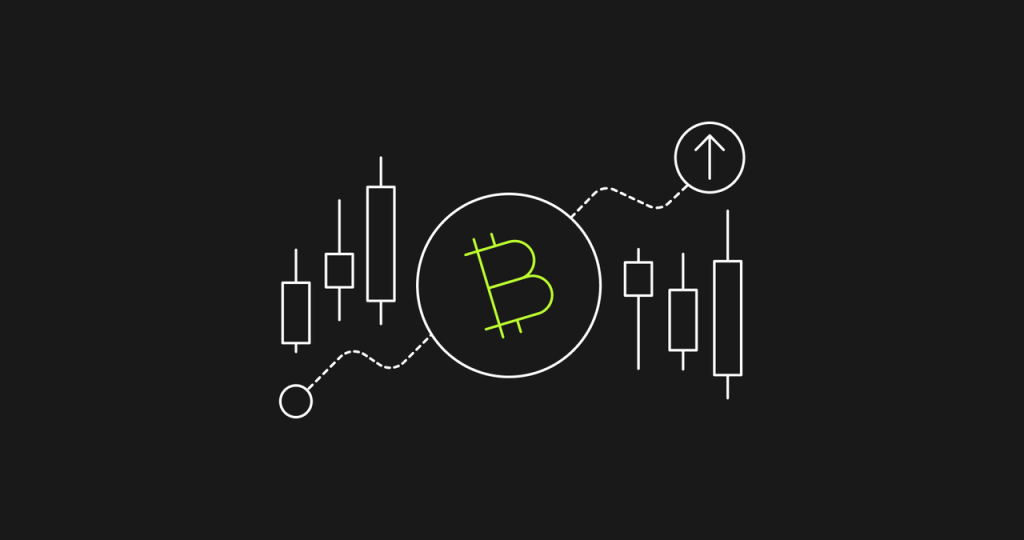
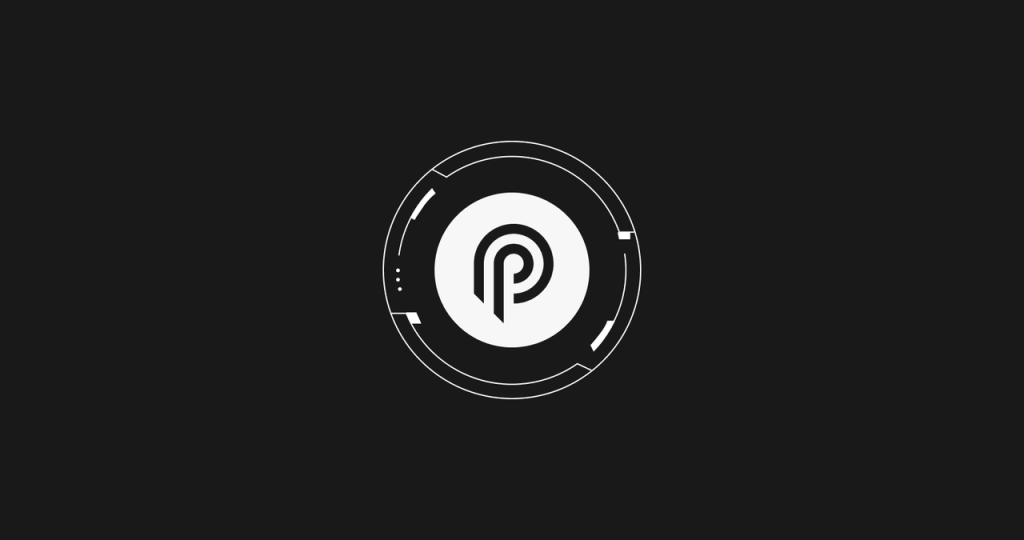
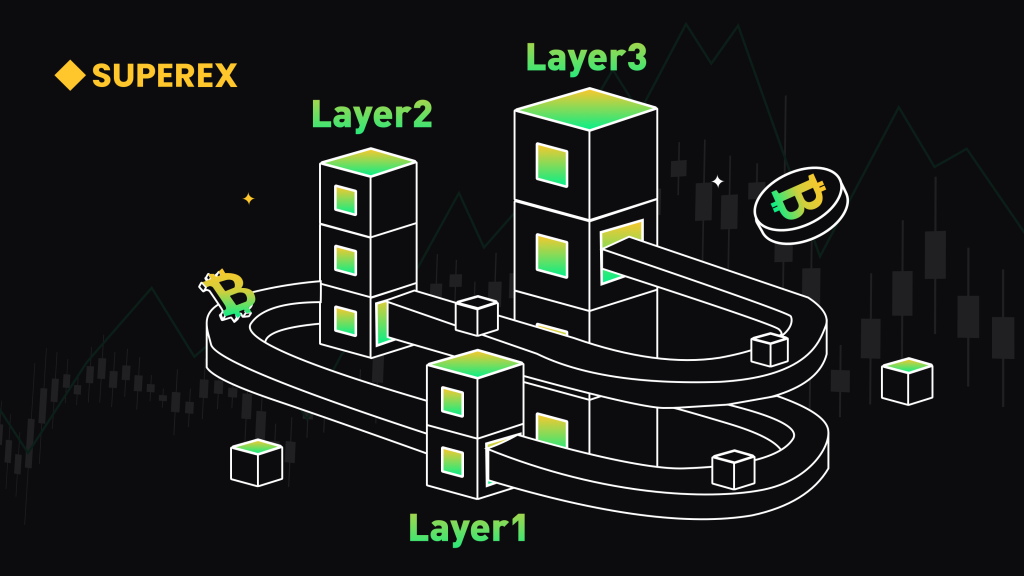
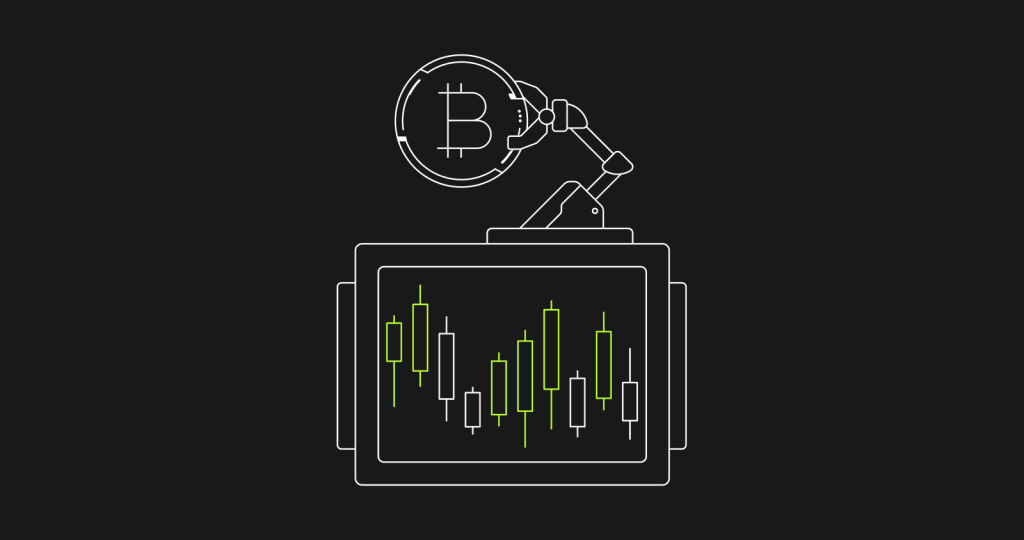
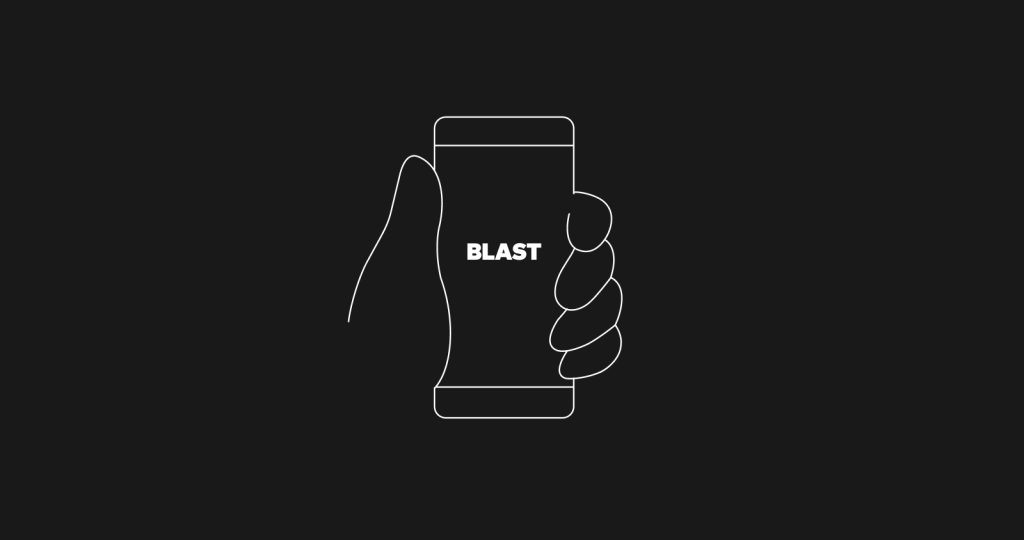
… [Trackback]
[…] There you will find 3094 more Info to that Topic: x.superex.com/academys/deeplearning/1975/ […]
… [Trackback]
[…] Read More Info here on that Topic: x.superex.com/academys/deeplearning/1975/ […]
… [Trackback]
[…] Find More Information here on that Topic: x.superex.com/academys/deeplearning/1975/ […]
… [Trackback]
[…] Information on that Topic: x.superex.com/academys/deeplearning/1975/ […]
… [Trackback]
[…] There you can find 25438 more Info to that Topic: x.superex.com/academys/deeplearning/1975/ […]
… [Trackback]
[…] There you will find 6206 additional Information to that Topic: x.superex.com/academys/deeplearning/1975/ […]
… [Trackback]
[…] Here you will find 82975 additional Information to that Topic: x.superex.com/academys/deeplearning/1975/ […]
… [Trackback]
[…] Read More on on that Topic: x.superex.com/academys/deeplearning/1975/ […]
… [Trackback]
[…] Information on that Topic: x.superex.com/academys/deeplearning/1975/ […]
… [Trackback]
[…] Find More Info here on that Topic: x.superex.com/academys/deeplearning/1975/ […]
… [Trackback]
[…] Info on that Topic: x.superex.com/academys/deeplearning/1975/ […]
… [Trackback]
[…] Here you will find 99651 additional Information to that Topic: x.superex.com/academys/deeplearning/1975/ […]
… [Trackback]
[…] Find More to that Topic: x.superex.com/academys/deeplearning/1975/ […]
… [Trackback]
[…] Here you can find 28325 additional Info to that Topic: x.superex.com/academys/deeplearning/1975/ […]
… [Trackback]
[…] Read More on that Topic: x.superex.com/academys/deeplearning/1975/ […]
… [Trackback]
[…] Find More Info here to that Topic: x.superex.com/academys/deeplearning/1975/ […]
… [Trackback]
[…] Read More on that Topic: x.superex.com/academys/deeplearning/1975/ […]
… [Trackback]
[…] Info on that Topic: x.superex.com/academys/deeplearning/1975/ […]
… [Trackback]
[…] Find More on that Topic: x.superex.com/academys/deeplearning/1975/ […]
… [Trackback]
[…] Find More on that Topic: x.superex.com/academys/deeplearning/1975/ […]